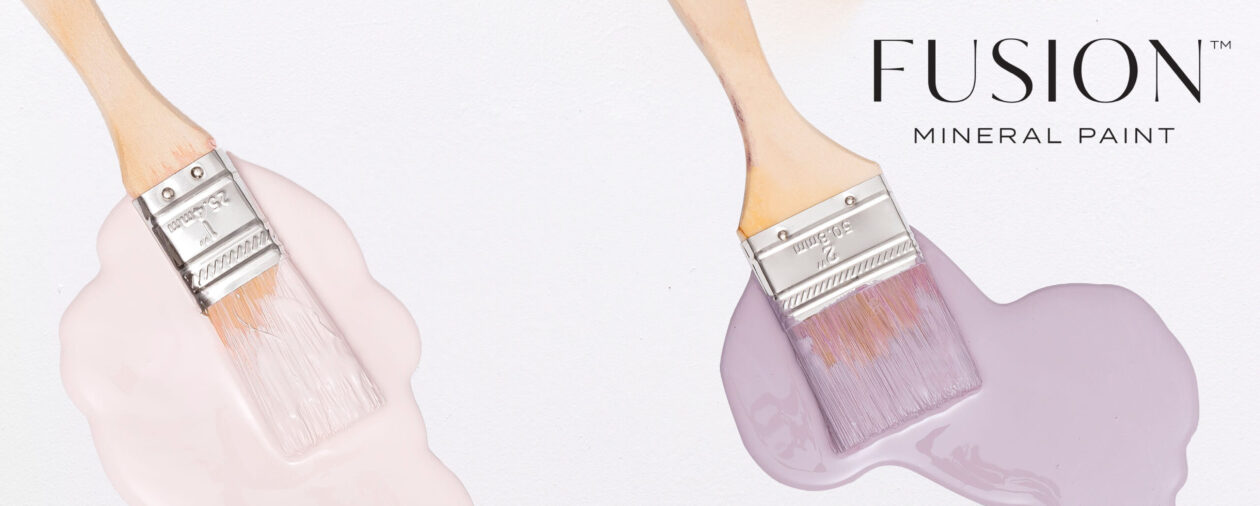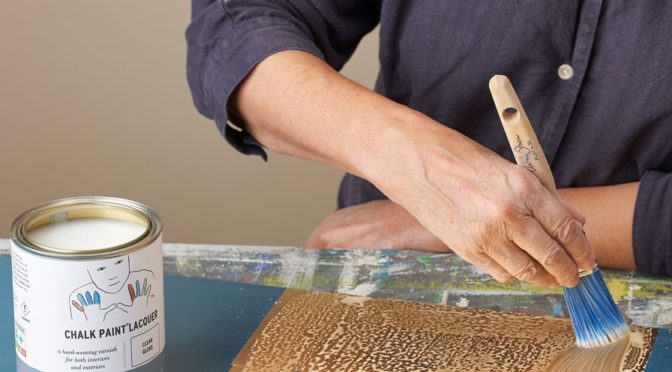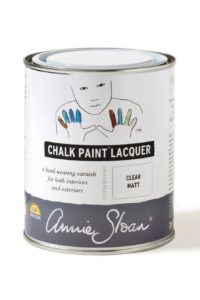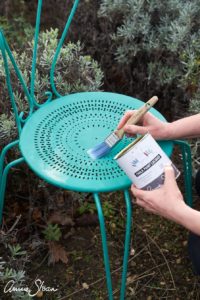
In our shop we frequently get asked Can I paint fabric with Fusion Mineral Paint? Today we are giving a simple tutorial on how to paint fabric with .
Painting fabric shouldn’t be a daunting task. Rather, it is a quick, inexpensive, and easy way to change the overall look of outdated furniture to suit your style. Here are some top tips on how to achieve a perfectly flawless finish that is smooth and feels like leather when painting almost any fabric.
It is important to realise that all fabrics are different and will vary in how they take the paint, therefore it is important to experiment a bit to see if you will like how it will turn out. Painting a seating cushion? Start by painting the bottom side with all the steps below to see how it turns out before tackling your entire sofa or chair!
The most successful types of fabric to paint are Cotton, Polyester, Burlap, Vinyl and Leather.
You may find it a problem to paint velour or velvet as they tend to not result in a perfect finish, however it possible with patience and pratice.
How do you know when to paint fabric, and when not to?
When deciding whether or not to paint fabric, you need to decide the value of your piece: would you be absolutely devastated if the finish didn’t work out to your liking? Is it an heirloom that has been in your family forever? If it is, then perhaps painting it isn’t such a good idea. Instead seek out a professional re-upholsterer. Second hand finds are great for this type of treatment. No attachment, Nothing gained – nothing lost. Look for items that are of solid construction, no smells or obvious stains.
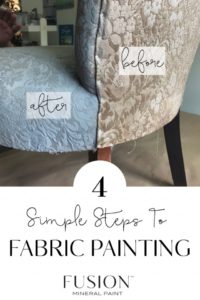
The Process
Before starting make sure you clean the fabric. If there are stained areas that change the texture of the fabric and cannot be cleaned you may want to upholster instead.
1. Apply your first coat made up of 1 part paint to 1 part water.This helps to absorb the paint into the fabric more, and almost dye the fabric, versus a coat of paint sitting on the fabric. ( Skip adding water if painting on Vinyl or Leather)
2. Sand with a fine grit paper to soften. This will take down any roughness of the fabric. Sometimes when you paint fabric, little fibers tend to raise up, so you knock those back with a sanding pad or fine sand paper. This takes very little effort.
3. Apply another coat of paint but this time use less water and more paint. 1 part water to 2 parts paint. ( Again skip adding water if painting vinyl or leather)
This will again help it to soak in really easily. If you think you only need 2 coats of paint and you’re getting really good coverage, you can skip watering down your second coat, and go straight to a full strength paint coat for your final layer.
Next apply a 3rd layer, if necessary, of pure paint. Be sure to sand between each coat of paint for a super smooth finish.
4. Apply wax as a top coat. This isn’t strictly necessary as Fusion has a built in top coat. However it will soften the fabric and make it feel like leather. Always apply thin coats of wax and buff as necessary. We recommend using either Fusion beeswax finish or MMS Furniture Wax.
Aftercare
Once fully cured (approximately 30 days depending on weather conditions) the painted fabric is washable. We would recommend washing by hand with cold water. Do not wash with any other items! Leave to air dry.
What if I get paint on my clothes?
Not all of us are tidy painters and accidents do happen. If you get paint on your clothes our advice is to wash it as soon as possible. Scrub the affected area with Fusion Brush Soap and water. Then machine wash ASAP.
